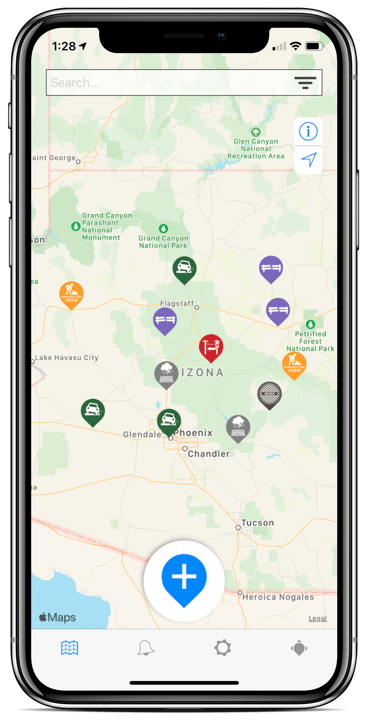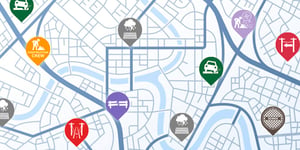The term data has transformed from a word associated with big tech and scientific studies into something overwhelmingly encapsulating that we started putting adjectives in front of it. Big data. Field data. Actionable data.
We’ve covered field data and big data, so what exactly is actionable data? It can be broken up into two categories: direct and indirect.
Direct Actions on Data
You are most likely familiar with notifications by now on your smartphone. That is directly actionable data. You are notified of something and tapping on it performs some predefined action. Nrby uses notifications in exactly this way, speeding up user workflow with notifications.
Field data plays into directly actionable data, as well. Data that gets collected is used to directly adjust a service or product (in relation to customer satisfaction, in this case). Or collected data is used to signify next steps regarding a contract.
It’s important to note that direct action doesn’t imply immediacy. Data can be collected for months before being acted upon.
Automation uses direct actions on data as well, though it happens in the background, so we rarely pay attention to it. When a checklist is 100% completed, people involved can be automatically notified or the next series of actions can automatically take over.
Indirect Actions on Data
Making informed decisions based on data points are indirect actions performed on actionable data. While direct actions are usually applied immediately (but not always), indirect actions are rarely applied immediately.
Information about your team is collected over time: performance, quality, communication, attendance, etc. That is still actionable data, but you act indirectly on it. It’s used to create new strategies to improve overall team performance. Or initiate discussions with executives and colleagues.
This type of actionable data is used to paint a bigger picture, like company insight or improve decisions based on human involvement.
 Example: Department of Public Works Capturing Actionable Data
Example: Department of Public Works Capturing Actionable Data
- Agency Activities: Give multiple agencies the ability to collaborate on projects and asset management.
- Asset Management: Track location, maintenance and use of any municipality managed object.
- Construction Crews: Track construction projects and communicate freely with crews, agencies and citizens.
- Fleet Management: DPW‘s know where their fleet is located and track it’s preventative maintenance.
- Infrastructure Management: Empower citizens and DPW teams to identify infrastructure maintenance real time and assign technicians to fix with pre configured workflows. Example: potholes and damaged guardrails.
- Powerline Management: Track and maintain the entire powerline infrastructure. Assign appropriate workflows for preventative and reactive maintenance.
- Project Management: Assign assets and manpower to execute a projects. Stay on budget and save time.
- Safety Management: Notify citizens and town workforce of hazardous situations or inclement weather.
- Sewer Management: Track sewer upgrades and maintenance with real time assignments and workflows to assure quality control.
- Snow Management: Drive operational efficiency for snow removal with clear communication between the workforce and citizens.
Both direct and indirect actionable data are beneficial, but in order to act on it, you need to capture it and configure workflows that help your business save money and realize new revenue.

